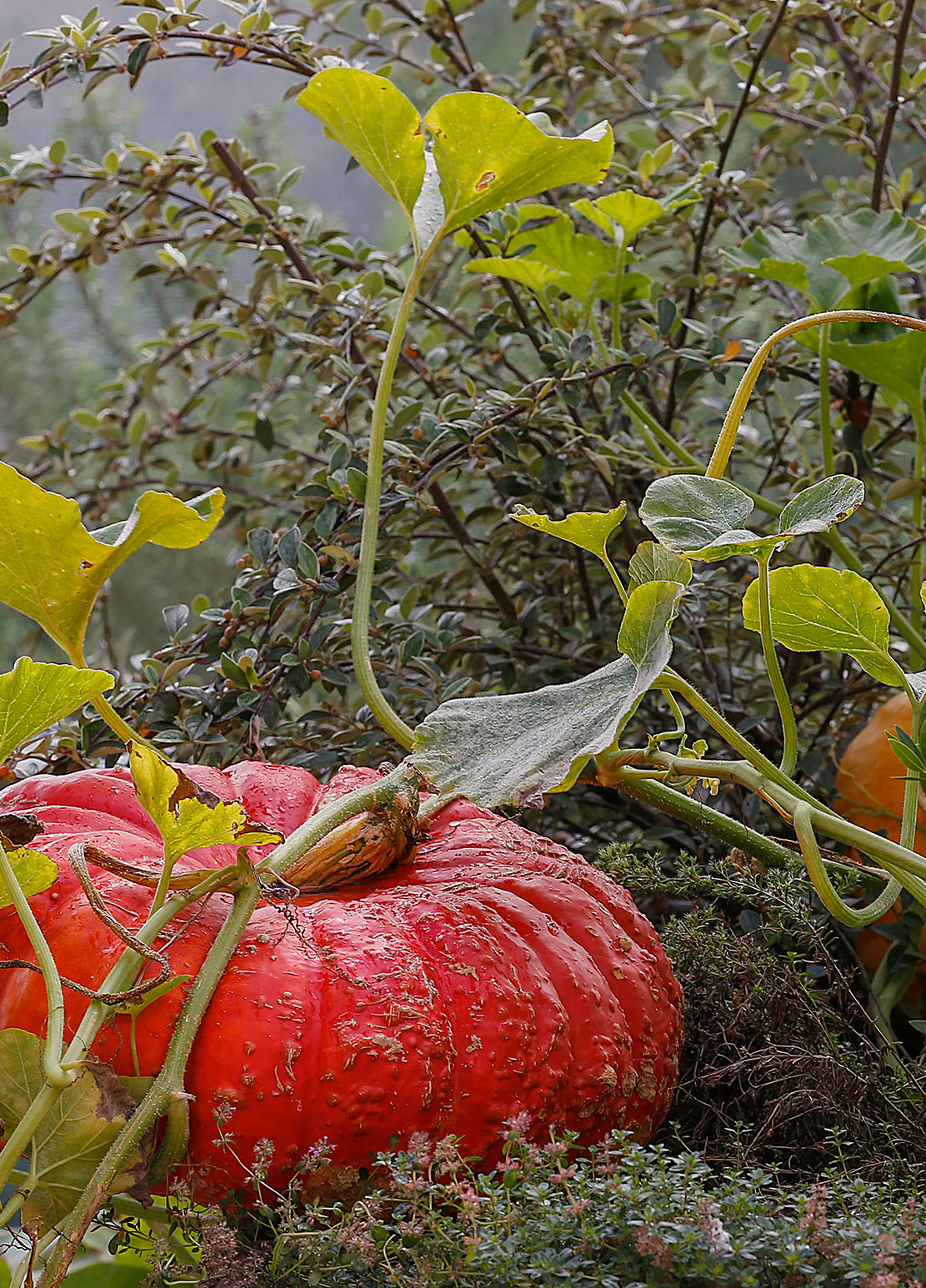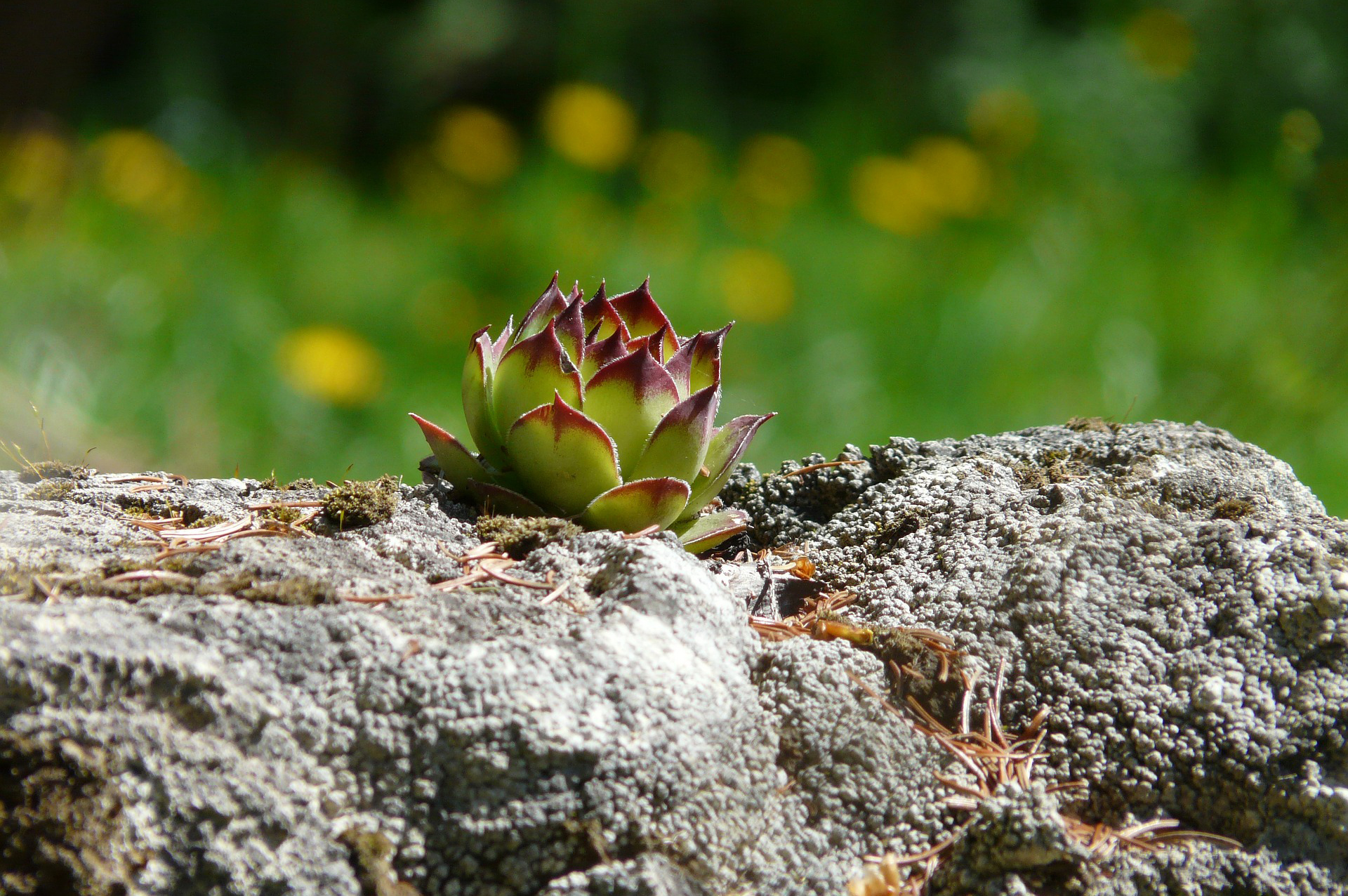How can you preserve the riches of Nature in your own garden?
The aim of organic gardening is to guarantee the health and vitality of the soil while excluding synthetic chemicals from your vegetable garden.
Let’s discover together plant-based fertilizers that respect the soil and the surrounding ecosystems.
PLANT-BASED FERTILIZERS
In a garden or a cultivated field, plant-based fertilizers help treat crops in a gentle and environmental way.
Some of their smells or active ingredients repel pests and eliminate fungi that are harmful to the development of crops.
Natural fertilizers also nourish the soil and provide nutrients that are essential to plant growth.
Large farms have decided to use them on their land because they are concerned about the well-being of farmers, their families and the health of the soil. The absence of non-biodegradable substances also helps preserve streams and rivers.
MAKING YOUR OWN PLANT-BASED FERTILIZER
There are several kinds of fertilizers that can be made for small gardens as well as for large crops. Nettle, comfrey, horsetail and fern fertilizers are probably the most interesting. But how are they produced and used?
The basic principle for making a natural fertilizer is as follows: 1 kg of chopped plants without seeds for 10 litres of rain or spring water, i.e. 100 g of plants for 1 L of water.
The mixture should be left to ferment for 10 to 15 days in a cool place away from sunlight, and stirred from time to time.
The use of a basin is recommended to prepare your fertilizer. You can then filter it and spray it on your crops by diluting it with water to reach the recommended dosage.
THE BENEFITS OF FERTILIZERS:
Horsetail fertilizer : dilute 50 cl in 10 L of water to be sprayed.
Sprayed onto the soil, it prevents bug attacks. It accelerates the growth of plants and boosts their resistance. Mixed with nettle and comfrey fertilizer, it provides the soil with a significant amount of nitrogen.
Comfrey fertilizer : dilute 50 cl in 10 L of water to be sprayed.
Comfrey fertilizer boosts the growth of vegetables. It is an efficient treatment for healthy foliage.
Nettle manure : dilute 50 cl in 10 L of water to be sprayed.
Nettle manure prevents mildew in crops. It stimulates the growth of vegetables and the microbial life of the soil.
Fern manure : 1 L per 10 L of water to be sprayed.
This fertilizer fertilises the soil thanks to its high phosphorus content. It repels slugs, aphids and click beetles. It eliminates pathogenic fungus.
You can also make fertilizer with garlic, mint, wormwood, rhubarb, lemon balm, horseradish, sage, etc. Each fertilizer boats specific properties and dilution methods.
SPRAYING THE FERTILIZERS
Test your fertilizer on a single plant before spraying it on the whole crop, to test its dosage and efficiency. This will ensure that it is indeed effective.
Vegetable fertilizer is beneficial to flowers, vegetables and trees. It is a positive alternative to artificial fertilizers.
Do you have a tip for natural treatment?
*P.S: Fertilizer can be stored for several months in a bottle, away from light. It has a strong smell.




